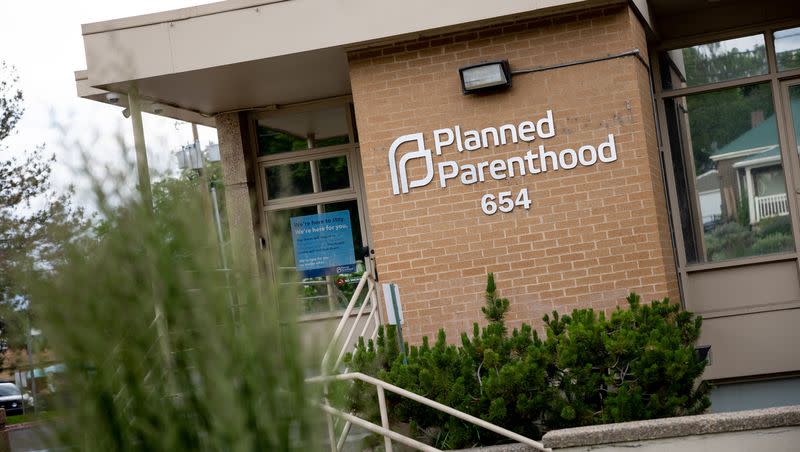Abortion numbers are up in 2023 compared to 2020, data estimate shows

The number of legal abortions throughout the United States appears to have increased during the first six months of 2023 compared with six months in 2020, according to an analysis by the Guttmacher Institute.
After the Supreme Court’s Dobbs decision ended nationwide access to abortion, The New York Times reported the apparent increase came “as states with more permissive abortion laws absorbed patients traveling from those with bans and access to abortion pills via telemedicine continued to expand.”
The data is based on estimates. The institute’s Monthly Abortion Provision Study estimates the number of abortions that occur in formal healthcare settings, meaning doctor offices, hospitals and clinics both nationally and state by state.
In an accompanying policy analysis, the institute, an abortion rights advocate, said 13 states have this year had strict abortion restrictions in effect: Alabama, Arkansas, Idaho, Kentucky, Louisiana, Mississippi, Missouri, North Dakota, Oklahoma, South Dakota, Tennessee, Texas and West Virginia. Wisconsin effectively became the 14th state due to “legal uncertainty.” In 2020, at least 113,000 abortions were provided in those states, the institute reported, noting that after Dobbs, a “small number of people” may have obtained abortions under very limited exceptions.
The increase has come as nearby states continue to offer abortions, per the report. It said that states located near those that have restricted abortion “saw much sharper increases in monthly abortion numbers than would likely be explained by a continuation of earlier trends.”
Among states with reported “major increases” were Colorado, Illinois, New Mexico, South Carolina and Washington, which border states with restrictions on abortion, per the institute.
NPR reported that some states that hadn’t positioned themselves as “havens for access” to abortion, but that were near states with restrictions also saw small increases. Those include Montana and Wyoming, which border the Dakotas. “Ohio, which has its own (restrictions) on hold, also saw a slight increase. It borders Kentucky and West Virginia, which have no abortion access.”
Related
Utah Supreme Court to decide is state abortion restrictions should remain on hold
Religion influences abortion policy, but does it shape people’s views?
NBC News noted that “since June — the latest data included in the Guttmacher research — abortion bans or restrictions have also gone into effect in Indiana, North Carolina and South Carolina after having been held up in court. The effects of those policies are not reflected in the report.”
The Guttmacher researchers said they would need more data to determine how the number of abortions has changed on a national scale, including estimates of abortions outside of healthcare settings. But the institute believes the increase in the number of abortions seen in 2019 and 2020 continued in 2021.
For its estimate, the institute sampled providers every month and added those numbers to historical caseload numbers, creating a model that estimated abortion counts for the first six months of 2023. Then, “for each state, researchers compared that estimate with the number of abortions provided in 2020, divided by two to represent a comparable six-month period,” per NPR.
A sampling of Guttmacher’s state estimates shows, for instance, that abortions increased 220% in New Mexico, from 2,940 in 2020’s six months to 9,420 in the first part of 2023. Utah saw a 31% increase, based on the estimate, from 1,560 abortions to 2,050. The biggest estimated drop in number of abortions was in Georgia, at -18%, from 20,810 in 2020 to 17,160 in 2023, all those numbers using “the midpoint between the upper and lower bounds of the estimate.”
“Altogether, about 511,000 abortions were estimated to have occurred in areas where the procedure was legal in the first six months of 2023, a review of Guttmacher’s data shows, compared with about 465,000 abortions nationwide in a six-month period of 2020,” The New York Times reported.
A Guttmacher researcher, Isaac Maddow-Zimet, told NPR that the Supreme Court decision was likely not the only factor in play. “‘2020 was a long time ago and a lot has happened since then,’ he said. The COVID pandemic, and expanded telehealth and a trend of increase in overall abortions that had already begun, all no doubt contributed to how state abortion numbers have changed to different degrees.”

